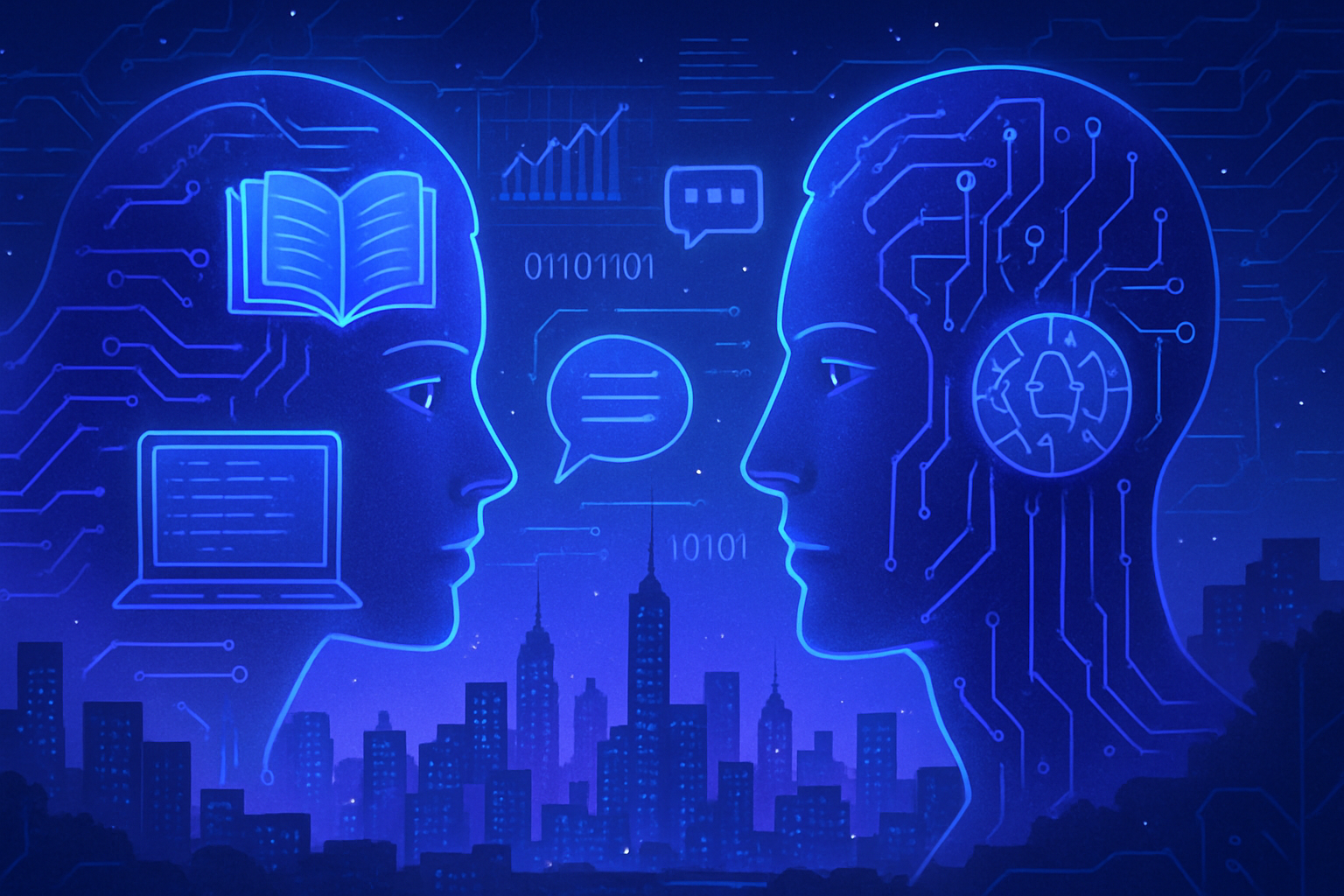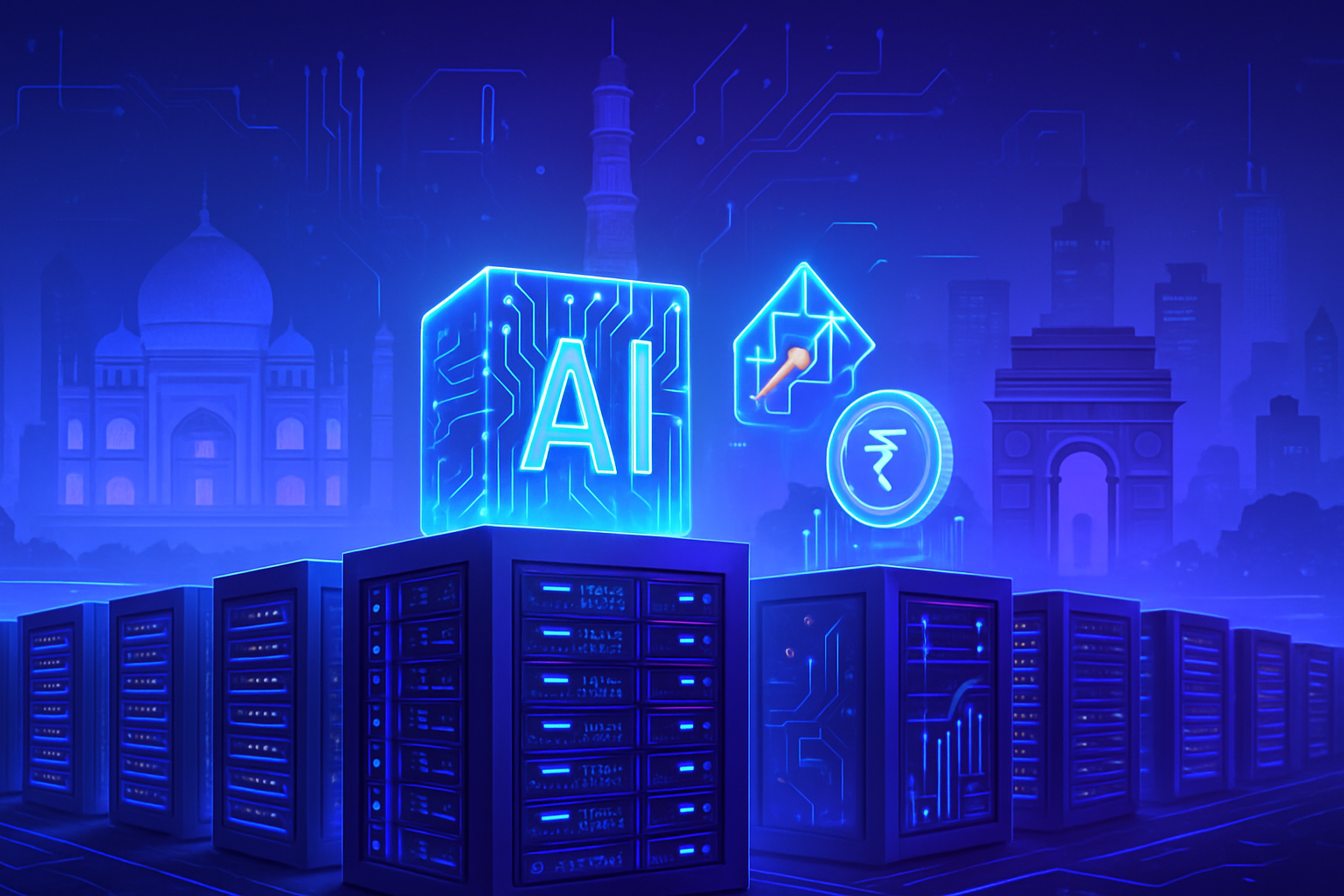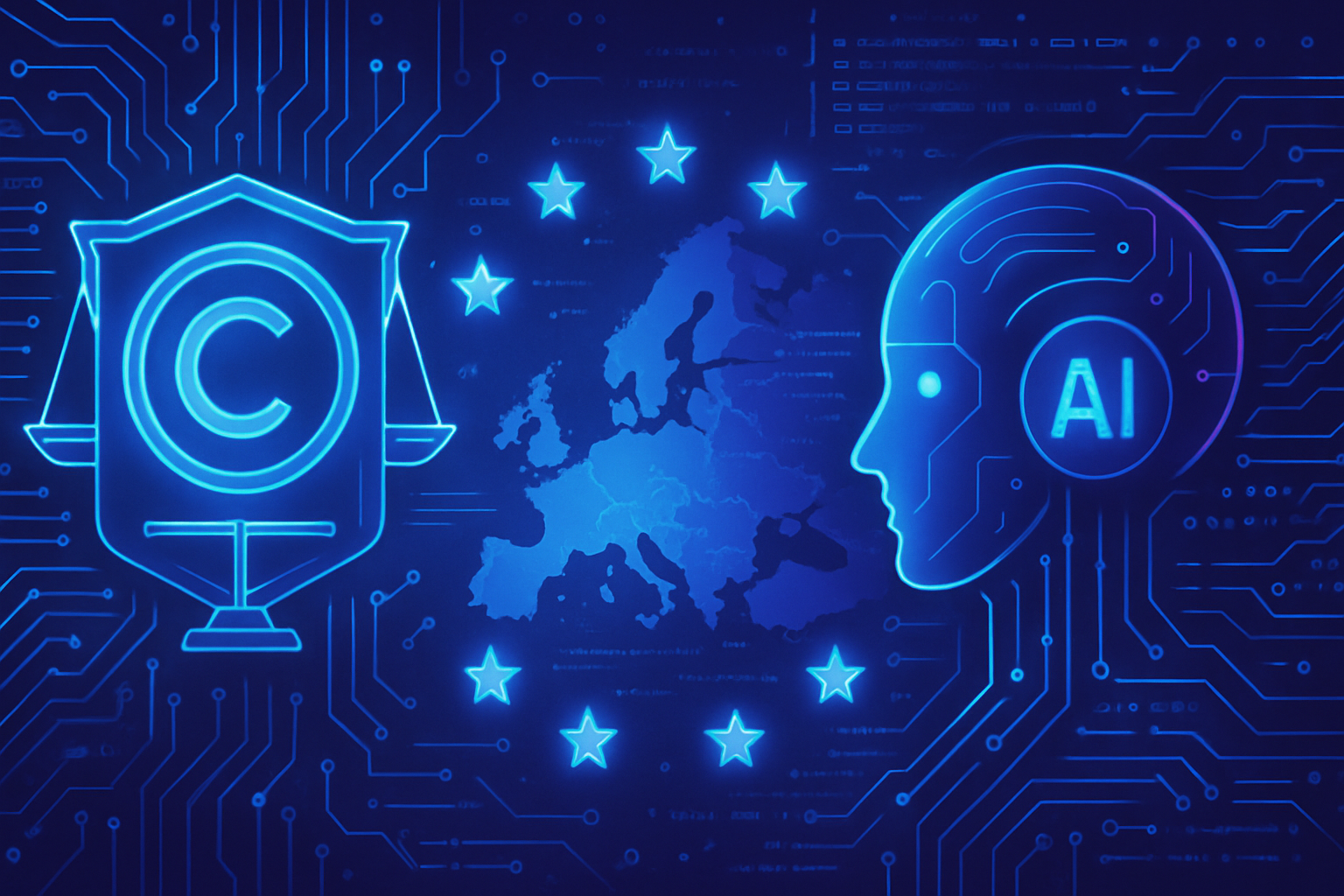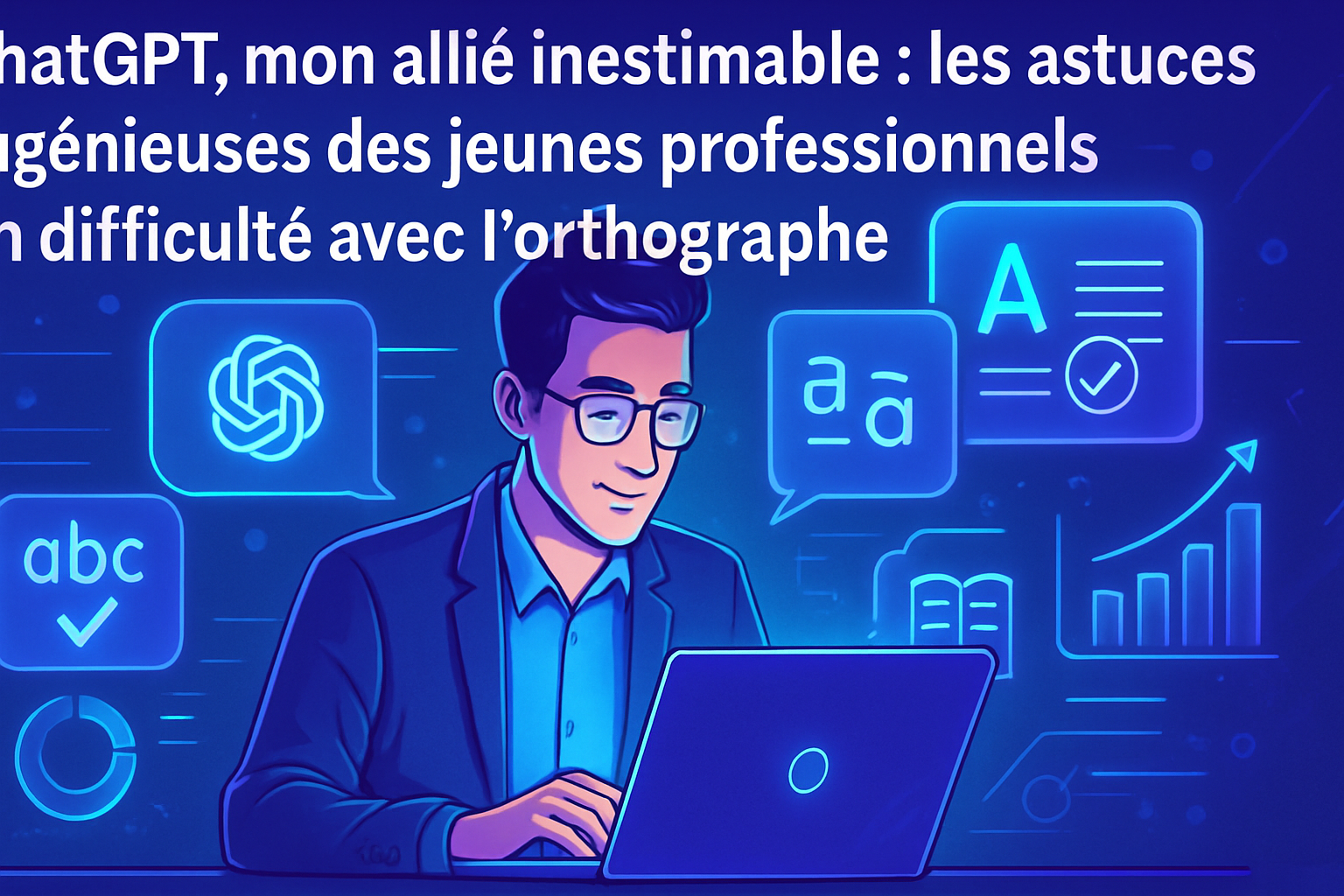Advanced language models challenge our understanding of human cognitive mechanisms. Can they actually grasp the complexity of the real world? Far from being limited to algorithms, these systems strive to transcend simple predictions to develop deeper understandings. Technological advancements reveal notable limits, hoping to see these models excel beyond their training framework. Must artificial intelligence truly measure itself against human intuition to understand the subtleties of everyday life? The ultimate question remains: can these systems, devoid of lived experience, offer a perspective worth considering?
Capabilities of Advanced Language Models
Researchers from MIT and Harvard have recently assessed the understanding of advanced language models. Their study examines whether these systems can genuinely develop an understanding of the world similar to that of humans. The team has developed an innovative approach to test their understanding and their ability to generalize knowledge to new domains.
Comparison with Historical Discoveries
The work of Johannes Kepler and Isaac Newton serves as an analogy to illustrate the issue. Kepler established certain laws that predicted the orbits of planets, while Newton formulated universal laws of gravitation. These foundations allow for generalization across various phenomena, ranging from the trajectories of a projectile to the mystery of tides. Vafa, one of the lead authors, emphasizes that modern models still lack this generalization.
The Limits of Current Models
Despite impressive performances, artificial intelligence models struggle to connect predictions with understanding. Researchers have demonstrated that systems succeed at modeling simple spaces, but results deteriorate with complexity. This finding raises concerns among experts regarding the depth of understanding displayed by these models.
Inductive Bias as an Evaluation Metric
A new metric, called inductive bias, quantitatively evaluates how well a system conforms to the truths of the real world. This method allows for quantitative tests on different models. Through a variety of examples with increasing complexity, researchers have observed significant divergences between the models’ predictions and reality.
Applications and Implications
Real-world applications of these predictive systems already exist in various scientific fields. They are used to diagnose properties of chemical compounds or to unravel the mysteries of protein folding. The hope, according to researchers, is to improve the models’ ability to learn from the world, which requires fundamental adjustments in the training approach of these systems.
Towards a Deeper Understanding
The results of this research suggest a path forward to enhance model training and enable better understanding. Researchers recommend applying their metric to various models to evaluate the depth of their representation. This process could also foster the development of domain-specific models for fields such as biology or physics.
Reflection on the Future of Artificial Intelligence
The road ahead for AI to reach understanding levels comparable to humans remains long. Many challenges persist in the pursuit of a truly enlightened artificial intelligence. The scientific community is eager to see how these models will evolve and whether significant progress will be made soon.
For further information, refer to this article on the lack of coherent understanding in AI models: Read.
Frequently Asked Questions about Advanced Language Models and Their Understanding of the Real World
Do advanced language models have a real understanding of the world?
Advanced language models can generate predictions based on data they have analyzed, but their ability to truly understand the world relies on algorithms and patterns, rather than on a deep understanding of phenomena.
How can language models learn from data?
These models use machine learning techniques to identify relationships and structures within data, but they do not possess intuition or sensitivity similar to that of humans.
What is inductive bias in the context of language models?
Inductive bias refers to a model’s tendency to generalize observations from specific examples, influencing its ability to make accurate predictions about new situations.
How can we evaluate if a language model truly understands a subject?
New metrics like inductive bias enable measurement of a model’s ability to approximately reflect real-world conditions, thus providing an indication of their understanding.
Can language models be applied to specific fields like biology or physics?
Yes, models can be created for specific fields; however, their effectiveness will depend on the quality of training data and the model’s ability to adapt to these particular contexts.
What are the limits of advanced language models in predicting complex scenarios?
Limits include their difficulty in handling multi-dimensional or complex scenarios where the number of variables is high, often leading to a divergence from their true understanding.
Can advanced models predict innovative scientific outcomes?
They can help formulate hypotheses or suggest models, but their success depends on their ability to grasp the subtleties of scientific concepts beyond established patterns.
How can we improve the understanding of language models of the real world?
By refining training methods and using more varied and representative data, it is possible to enhance their performance and their ability to understand and generalize to new situations.






